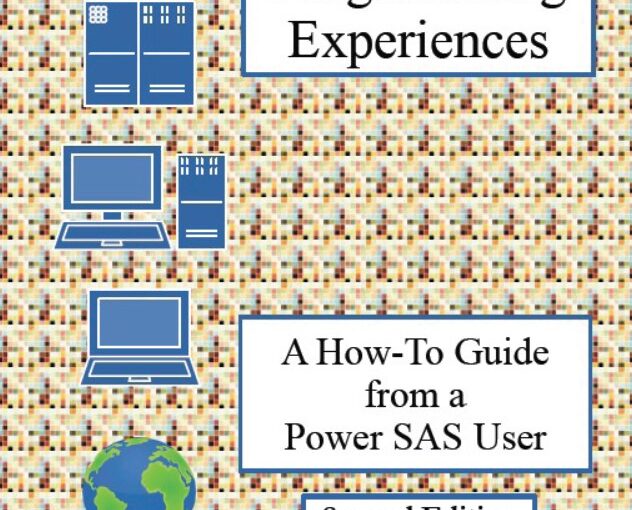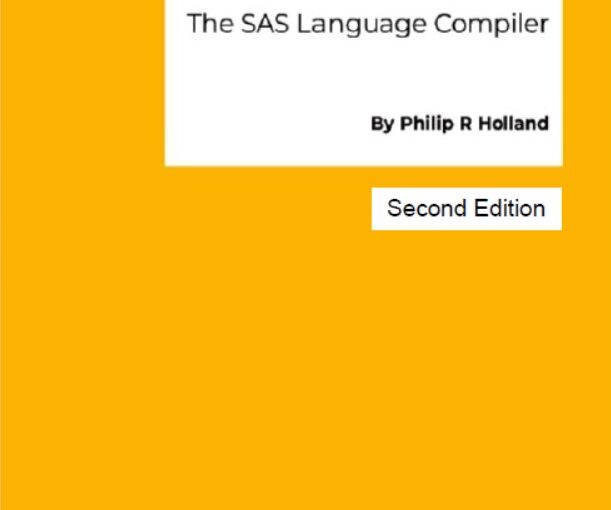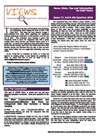![]()
VIEWS News issue 79 has now been published.
This newsletter is the home of Foundation SAS and brings you information about making the most of SAS 9 and Altair SLC. This issue is another one that has been delayed, but this time due to software issues on my blog server, which have now been resolved. This newsletter issue includes an updated InfoGeographic map from LeRoy Bessler, and I have discovered a database of pirated books and papers and written an open letter to Meta, who used it to train its AI assistant. I have also published a 2nd Edition of my “SAS Programming Experiences” and “Altair SLC” paperbacks and ebooks, which include the updates found in Altair SLC 2025, and have explained how to get copies at the best available prices. As usual I have publicised some SAS‑related events for the next few months, and I have also added some more SAS formats, options and functions that you may or may not have come across before, but you might find interesting, and even useful.
If you would like to contribute an article, to re-visit and improve an existing article, or just discuss the possibility of doing so, please feel free to send an email to me at view-uk@hollandnumerics.org.uk or phil@hollandnumerics.org.uk. Publication deadlines are the 14th day of February, May, August and November each year.
To be able to read this and all previous issues you will need to follow these steps:
- If you have not already registered on this blog site, go to blog.hollandnumerics.org.uk and register for free membership.
- Once successfully registered, click the menu item [Subscriptions for Forums and Features] > [Request access to the VIEWS UK forum] to request free access to the VIEWS UK forum, then add your name and email address to the form before clicking [Send].
- On receipt of a request for an existing blog member I will register them for free access to the VIEWS UK forum, and then send them an email to confirm this.
- The next time they log onto the blog site they will see VIEWS UK in the forum list, where you will find the latest issue of VIEWS News, forum topics to find the backissues, functions and formats in every published issue, and a tag cloud covering every forum on the site to which you have access, including VIEWS UK and the VIEWS News issues.
- They will also be automatically informed of any VIEWS UK updates.
Enjoy!……………..Phil







